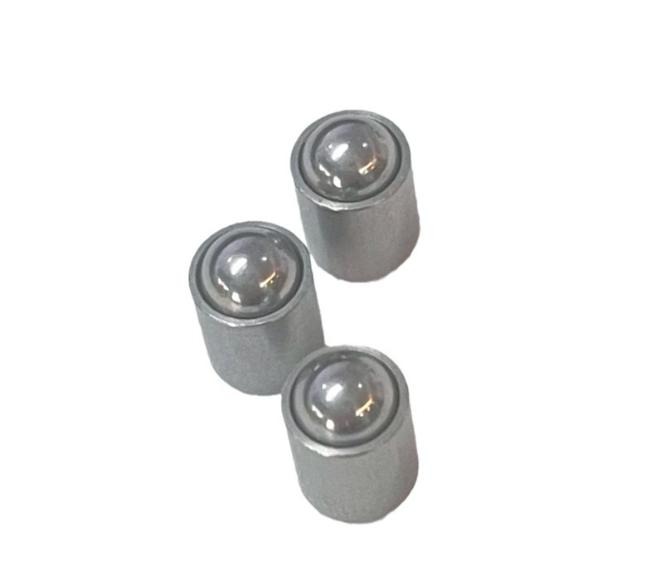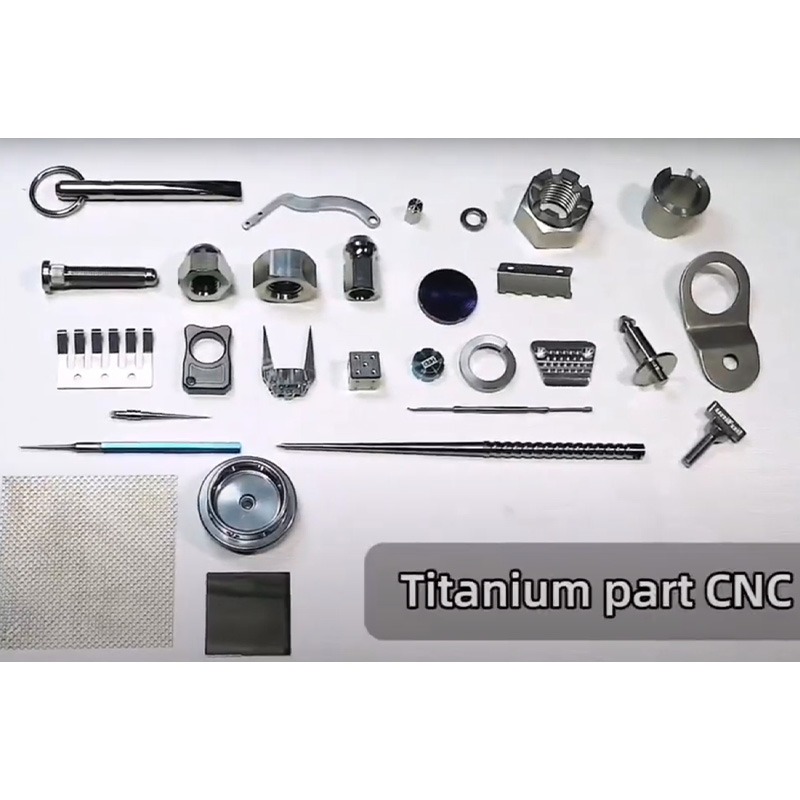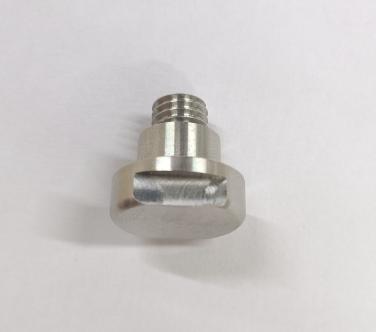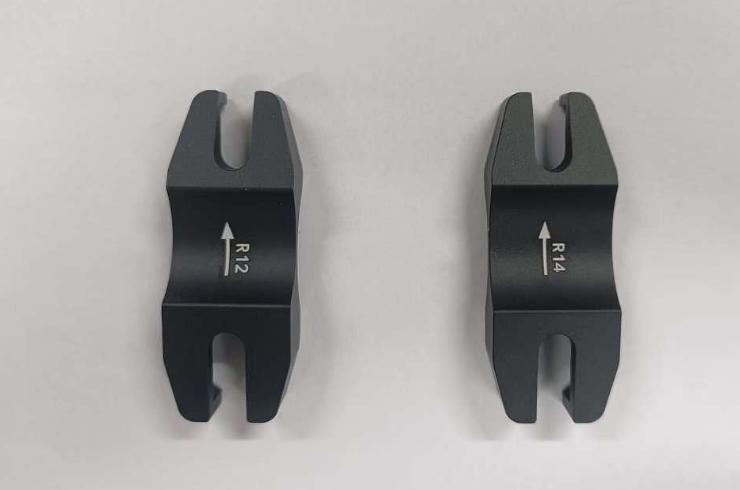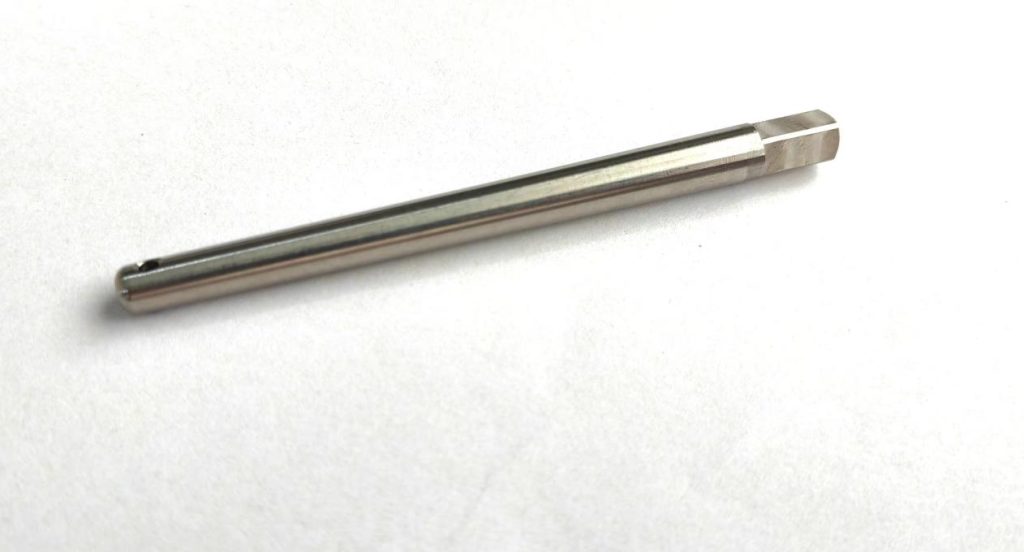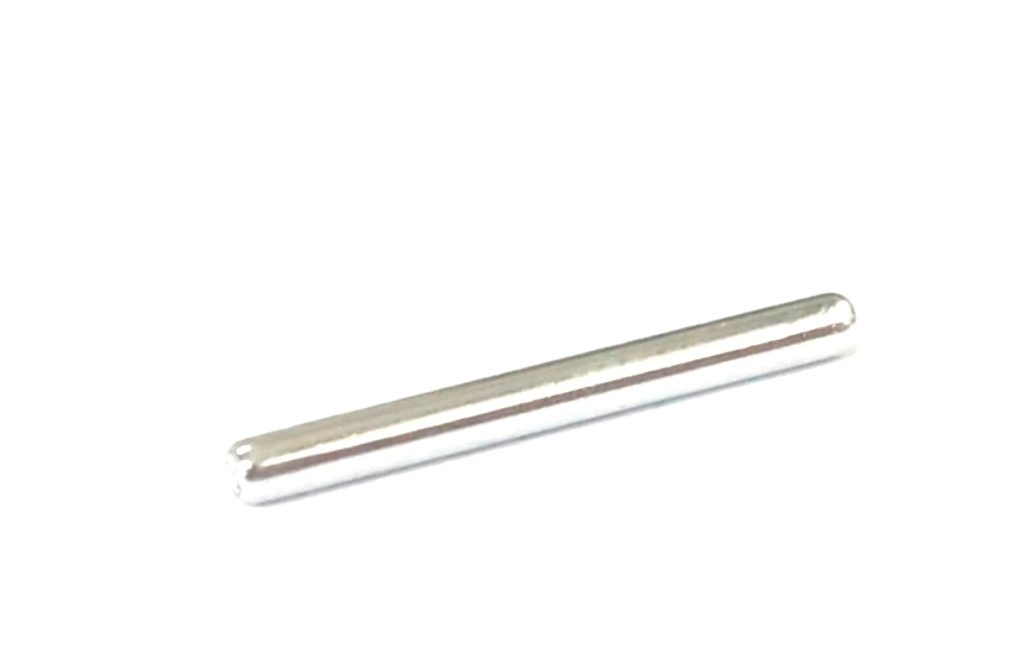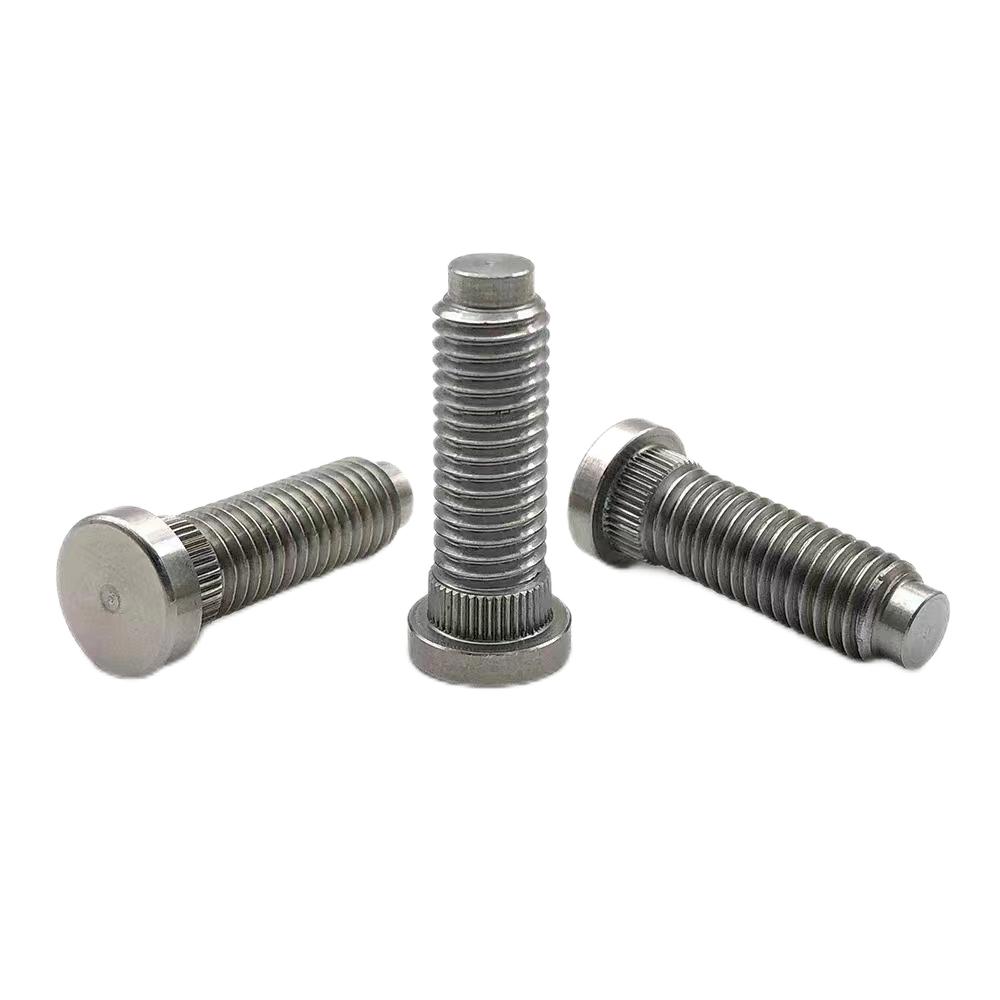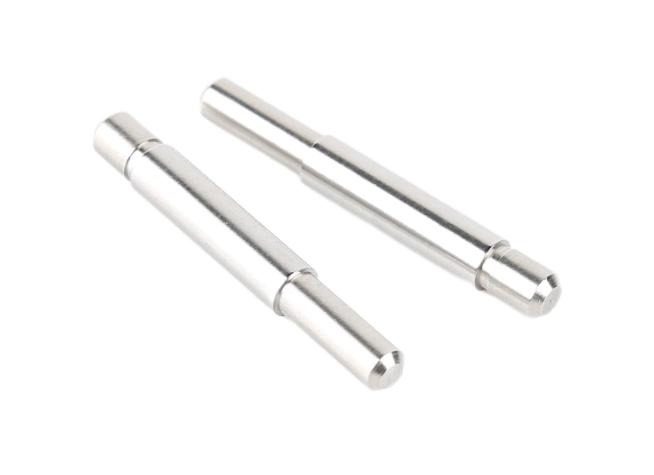Protecting CNC Metal Parts from Rust: A Comprehensive Guide
In the realm of computer numerical control (CNC) machining, precision and durability are paramount. CNC metal parts, meticulously crafted from various metals, form the backbone of countless industrial applications. However, these intricate components are not immune to the relentless force of corrosion, particularly rust. Rust, the reddish-brown oxidation of iron, can wreak havoc on CNC metal parts, compromising their integrity, functionality, and lifespan. To safeguard these valuable assets from the ravages of rust, a comprehensive approach to prevention and protection is essential.
Understanding Rust of CNC Metal Parts: The Enemy Within
Rust, the visible manifestation of iron’s reaction with oxygen and moisture, is an electrochemical process that gradually erodes the protective oxide layer on metal surfaces. This deterioration, if left unchecked, can lead to significant structural damage, rendering CNC metal parts unusable. The presence of humidity, salt, and acidic environments accelerates the rusting process, making it a formidable adversary for CNC machinists and engineers.
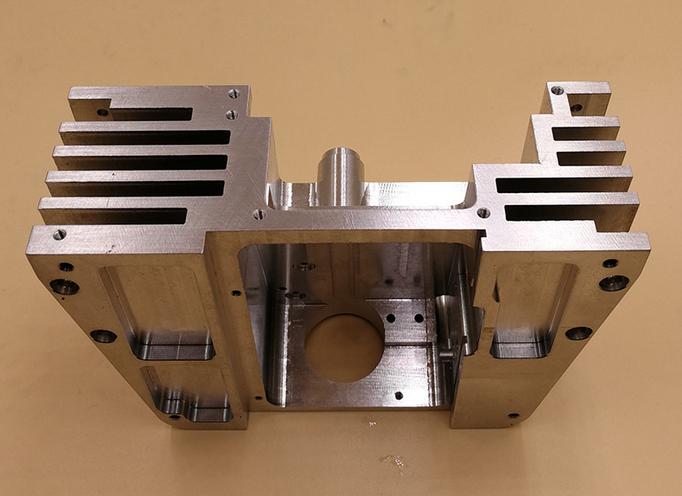
Preventive Measures: A Proactive Approach for CNC Metal Parts
Protecting CNC metal parts from rust demands a proactive approach that encompasses material selection, surface preparation, and protective coatings.
1. Material Selection: Choosing the Right Alloy
The first line of defense against rust lies in selecting corrosion-resistant materials for CNC machining. Stainless steel, with its chromium-rich oxide layer, stands as a frontrunner, offering exceptional resistance to rust and staining. Aluminum, known for its lightweight and corrosion-resistant properties, is another excellent choice. Galvanized steel, where a zinc coating provides sacrificial protection, also merits consideration.
2. Surface Preparation: Creating a Clean Slate
Prior to applying any protective measures, thorough surface preparation is crucial. This involves meticulously cleaning and degreasing metal surfaces to remove contaminants such as oils, greases, and dust particles that could facilitate corrosion. Abrasive blasting or chemical cleaning techniques are often employed to achieve this objective.
3. Protective Coatings: Shielding Against Corrosion
Protective coatings serve as a barrier between the metal substrate and the corrosive elements in the environment. Various coating options are available, each offering unique advantages.
- Paint: Paint, a versatile and cost-effective solution, provides a protective layer that can be customized to match aesthetic requirements.
- Powder Coating: Powder coating, a process that electrostatically bonds dry paint particles to the metal surface, offers superior durability and resistance to chipping and scratching.
- Anodizing: Anodizing, an electrochemical process that creates a hard, corrosion-resistant oxide layer, is particularly well-suited for aluminum components.
4. Corrosion Inhibitors: Neutralizing the Threat
Corrosion inhibitors, chemical compounds that neutralize corrosive substances, provide an additional layer of protection. Volatile corrosion inhibitors (VCIs), which release protective vapors into enclosed spaces, are particularly effective in preventing rust on stored metal parts.
5. Environmental Control: Minimizing Exposure
Maintaining a controlled environment, characterized by low humidity and adequate ventilation, plays a critical role in rust prevention. By reducing moisture exposure and ensuring air circulation, the risk of corrosion is significantly diminished.
6. Regular Inspections: Early Detection and Prompt Action
Regular inspections of CNC metal parts are essential for early detection of rust. Visual inspections, coupled with non-destructive testing methods such as ultrasonic testing, can reveal the presence of corrosion before it becomes a major problem. Prompt action upon identifying rust is crucial to prevent further damage.
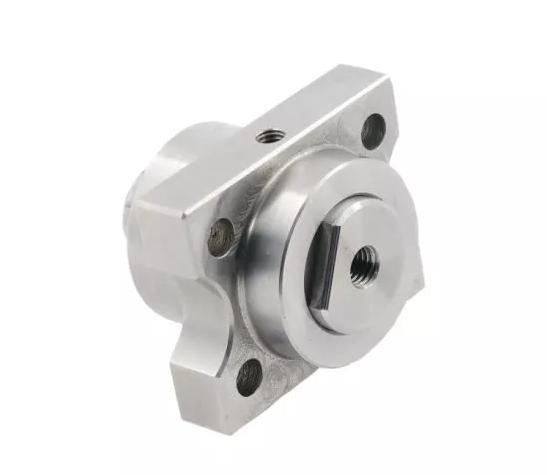
Post-Production Processes: Enhancing Corrosion Resistance of CNC Metal Parts
Beyond preventive measures, post-production processes can further enhance the corrosion resistance of CNC metal parts.
1. Passivation: Strengthening Stainless Steel
Passivation, a chemical treatment that strengthens the protective oxide layer on stainless steel, is a valuable process for enhancing corrosion resistance. This treatment is particularly beneficial for components exposed to harsh environments.
2. Electropolishing: Eliminating Surface Imperfections
Electropolishing, an electrochemical process that removes microscopic surface imperfections, reduces corrosion initiation sites, thereby enhancing corrosion resistance. This technique is particularly suitable for components with intricate geometries or tight tolerances.
3. Chromating: Improving Adhesion and Wear Resistance
Chromating, a process that applies a thin layer of chromium compounds to metal surfaces, enhances corrosion resistance and wear protection. This technique is often used for components exposed to high wear or chemical environments.
4. Nickel Plating: Depositing a Protective Layer
Nickel plating, a process that deposits a nickel layer onto metal surfaces, provides a durable, corrosion-resistant, and wear-resistant barrier. This technique is particularly effective for components subjected to friction or abrasive conditions.
5. Zinc Plating: Sacrificial Protection
Zinc plating, a process that deposits a zinc layer onto metal surfaces, offers sacrificial protection, meaning the zinc corrodes preferentially to protect the underlying metal. This technique is particularly suitable for components exposed to high humidity or salt environments.
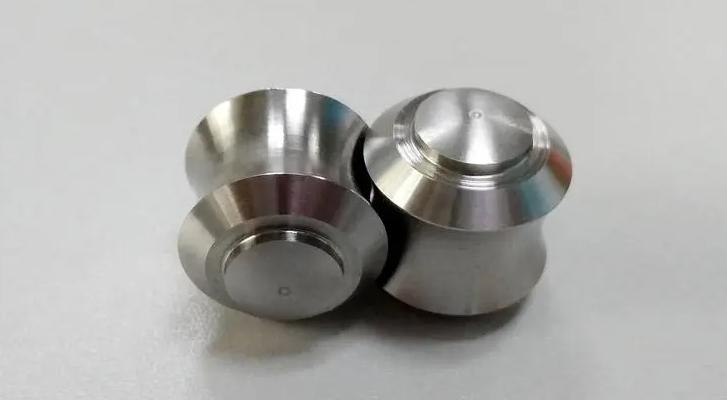
Storage and Handling Practices of CNC Metal Parts: Maintaining Integrity
Proper storage and handling practices are crucial for preserving the integrity of CNC metal parts and preventing rust formation.
1. Protective Packaging: Keeping Out Moisture
Utilizing protective packaging materials, such as desiccant bags, during storage and transportation effectively prevents moisture ingress, a primary cause of rust. These materials absorb moisture from the surrounding environment, creating a dry and inert atmosphere within the packaging.
2. Proper Handling: Avoiding Contamination
Direct contact with contaminants, particularly moisture, chemicals, and abrasive materials, can accelerate rust formation. Therefore, proper handling techniques, such as using clean gloves and tools, are essential to prevent contamination.
3. Ventilation: Ensuring Air Circulation
Maintaining adequate ventilation in storage areas is critical to prevent moisture buildup and promote air circulation. This helps to dissipate any humidity that may accumulate and minimizes the risk of rust.
4. Regular Inspection: Vigilance Against Rust
Regularly inspecting stored metal parts for signs of rust is essential for early detection and timely intervention. Visual inspections, coupled with non-destructive testing methods, can reveal the presence of corrosion before it becomes a major problem. Prompt action upon identifying rust is crucial to prevent further damage.
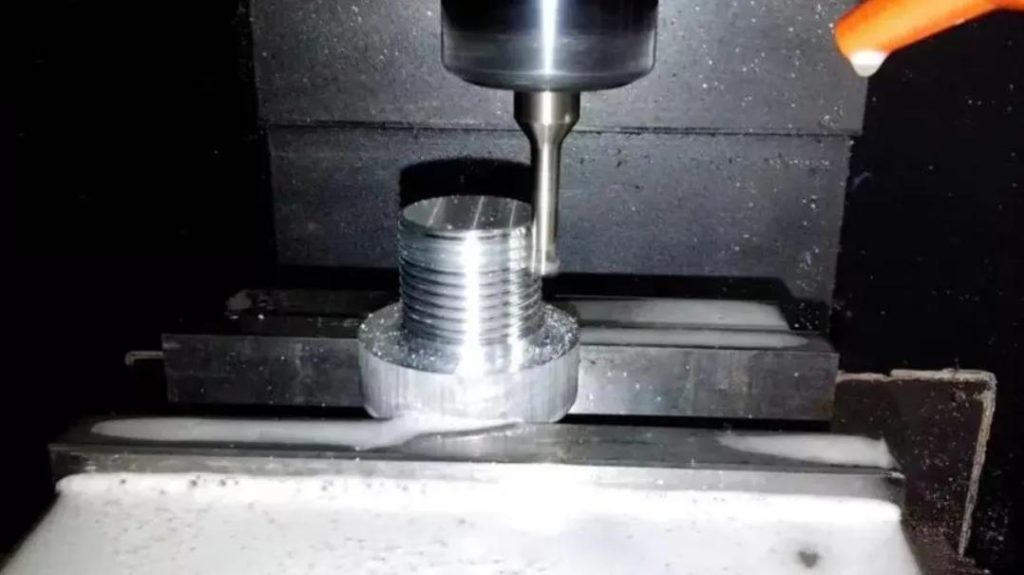
Conclusion: Safeguarding CNC Metal Parts for the Long Haul
By implementing these preventive measures, post-production processes, and proper storage and handling practices, CNC machinists and engineers can effectively protect their valuable metal parts from rust, ensuring their longevity and optimal performance. Remember, prevention is always better than cure, and taking proactive steps will save time, resources, and potential damage to your prized CNC metal parts. The pursuit of precision and durability in CNC machining extends beyond the cutting room to encompass the ongoing protection of these intricate components. By employing a comprehensive approach to rust prevention and corrosion control, CNC professionals can safeguard their valuable assets, ensuring that their creations continue to perform flawlessly for years to come.

